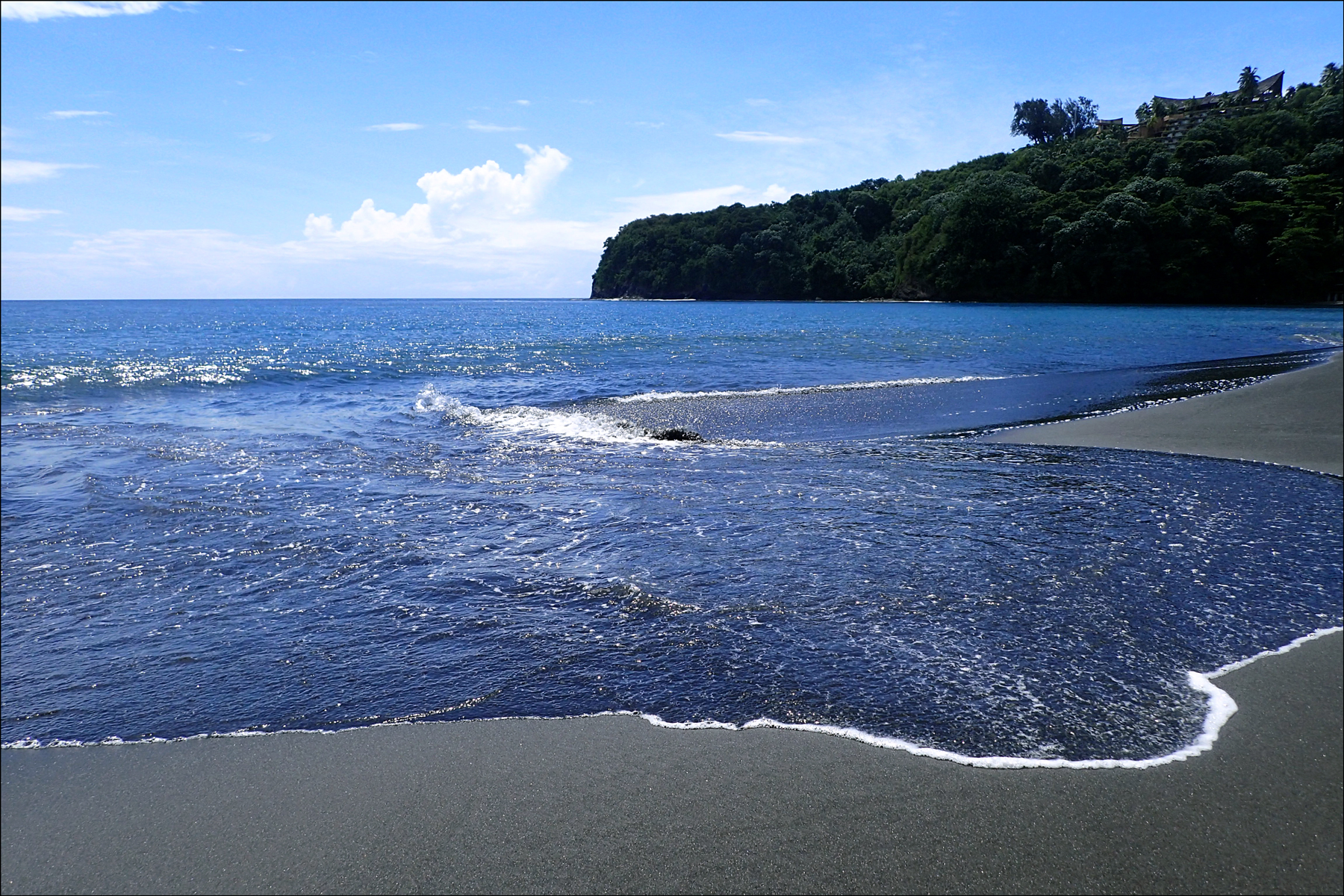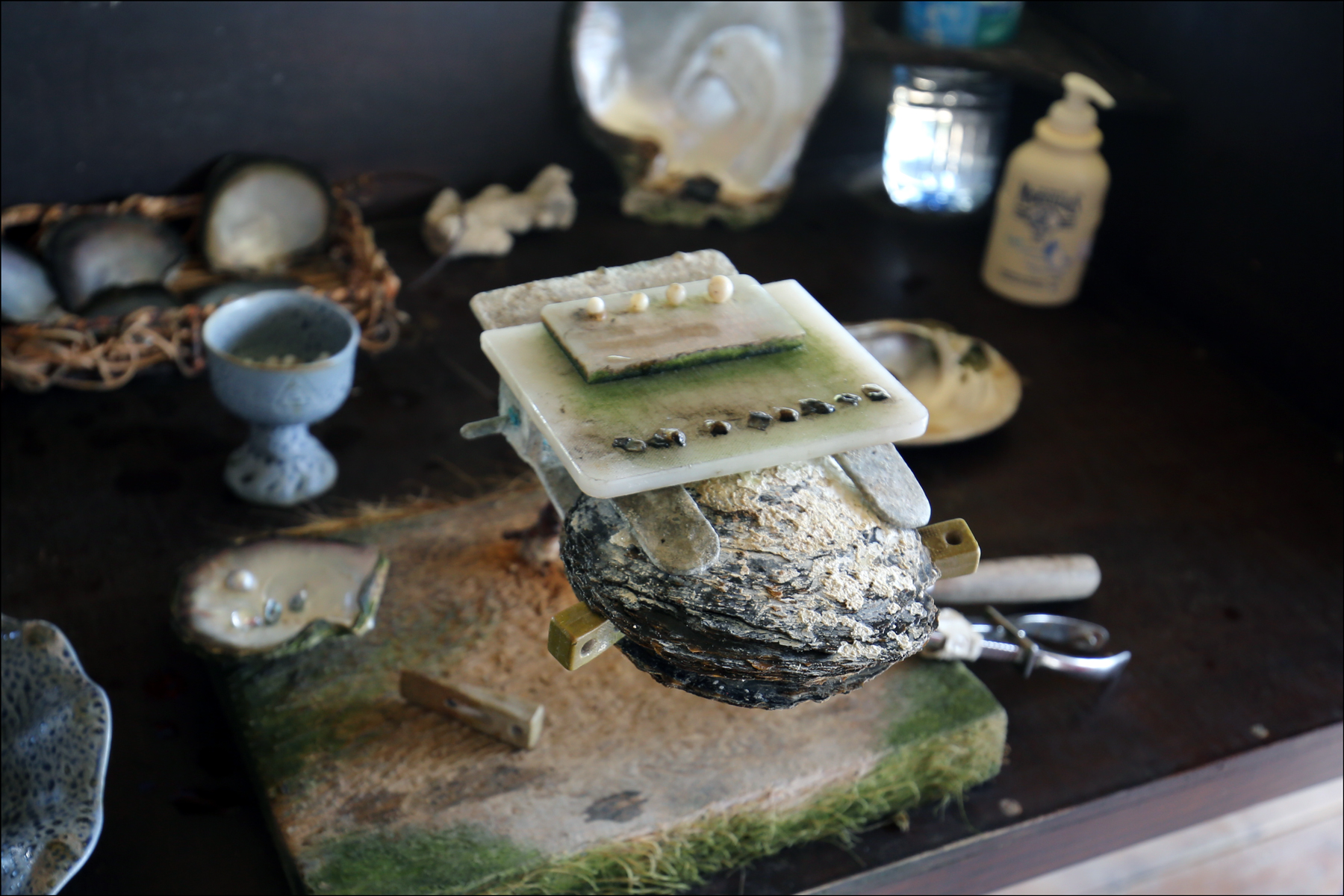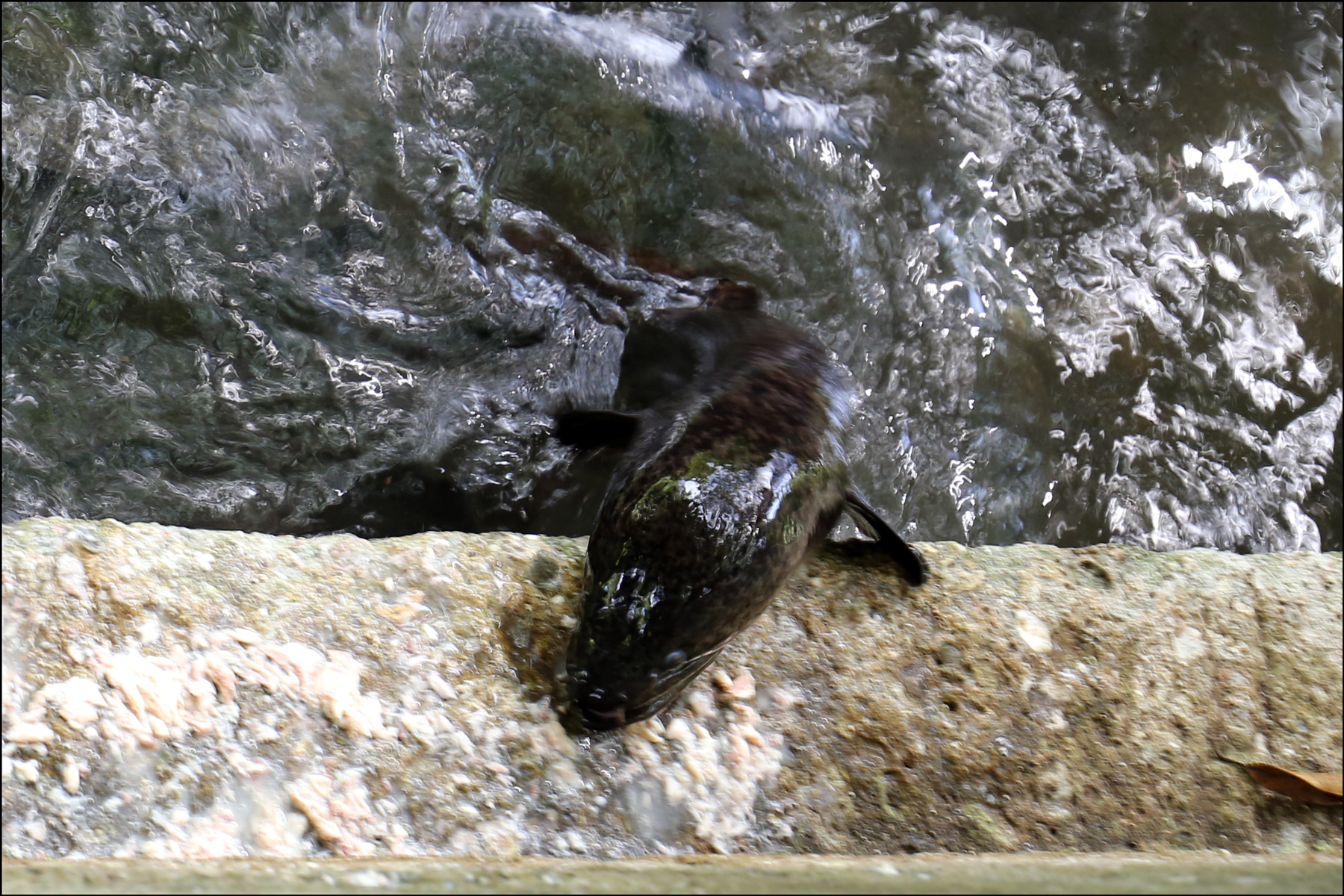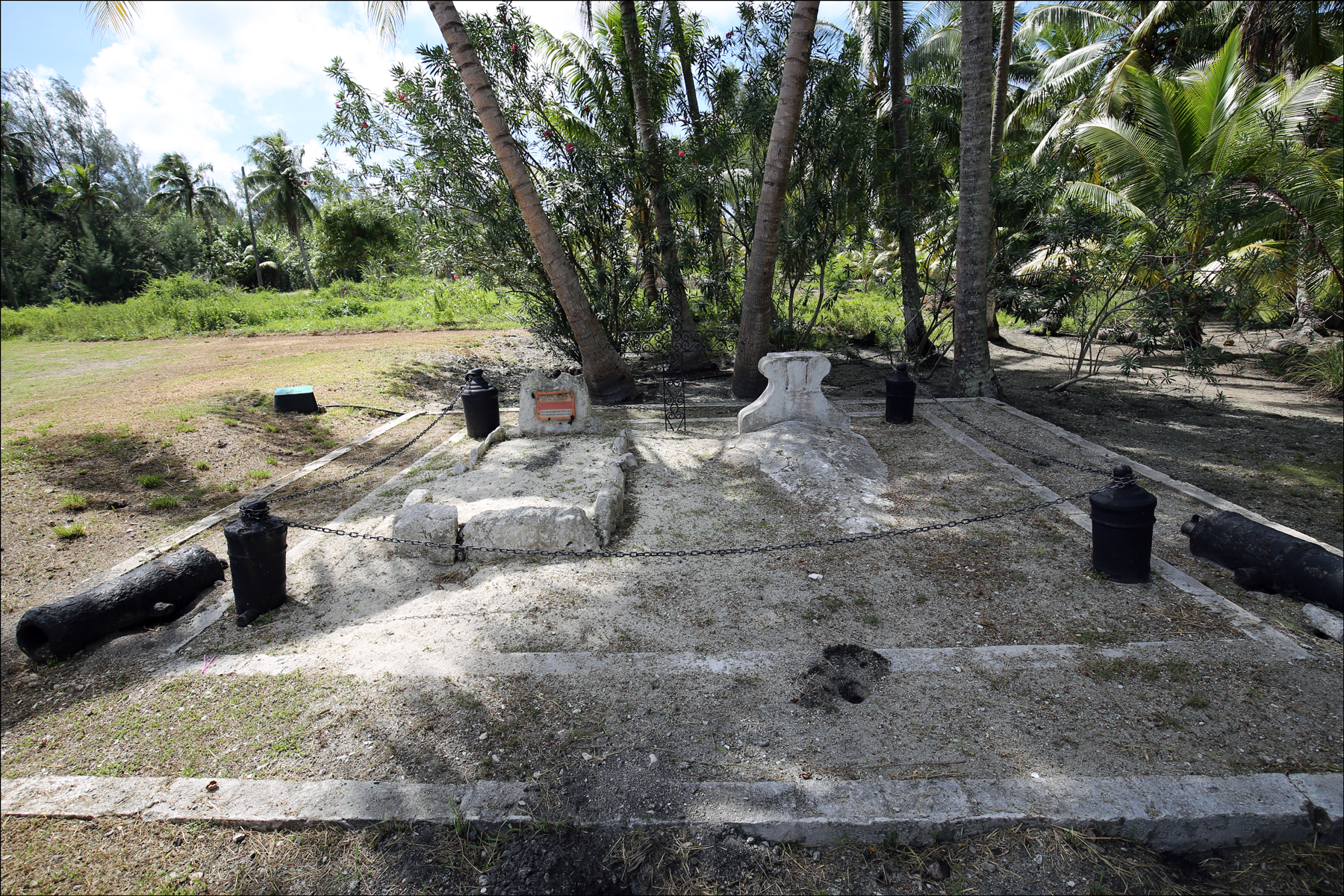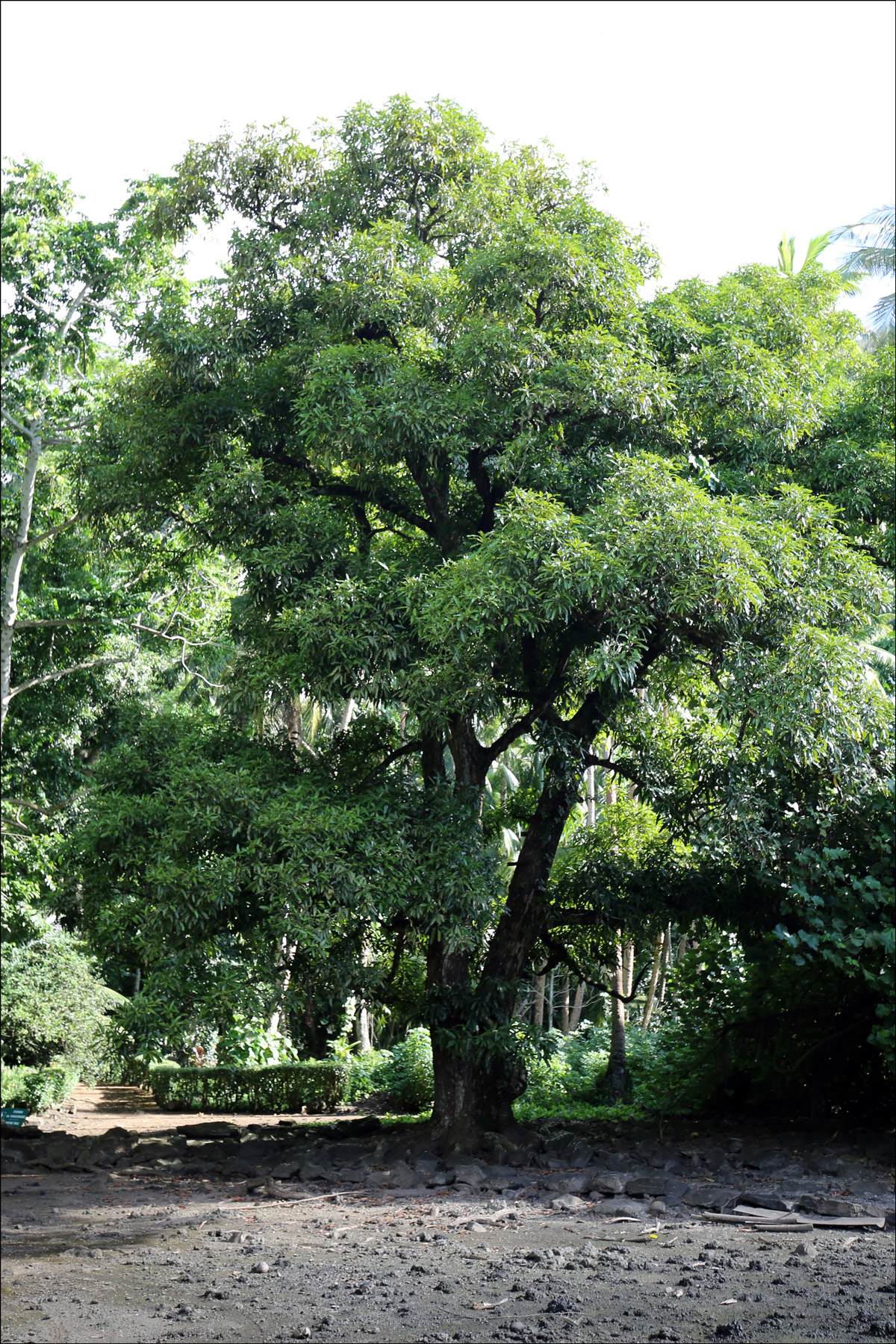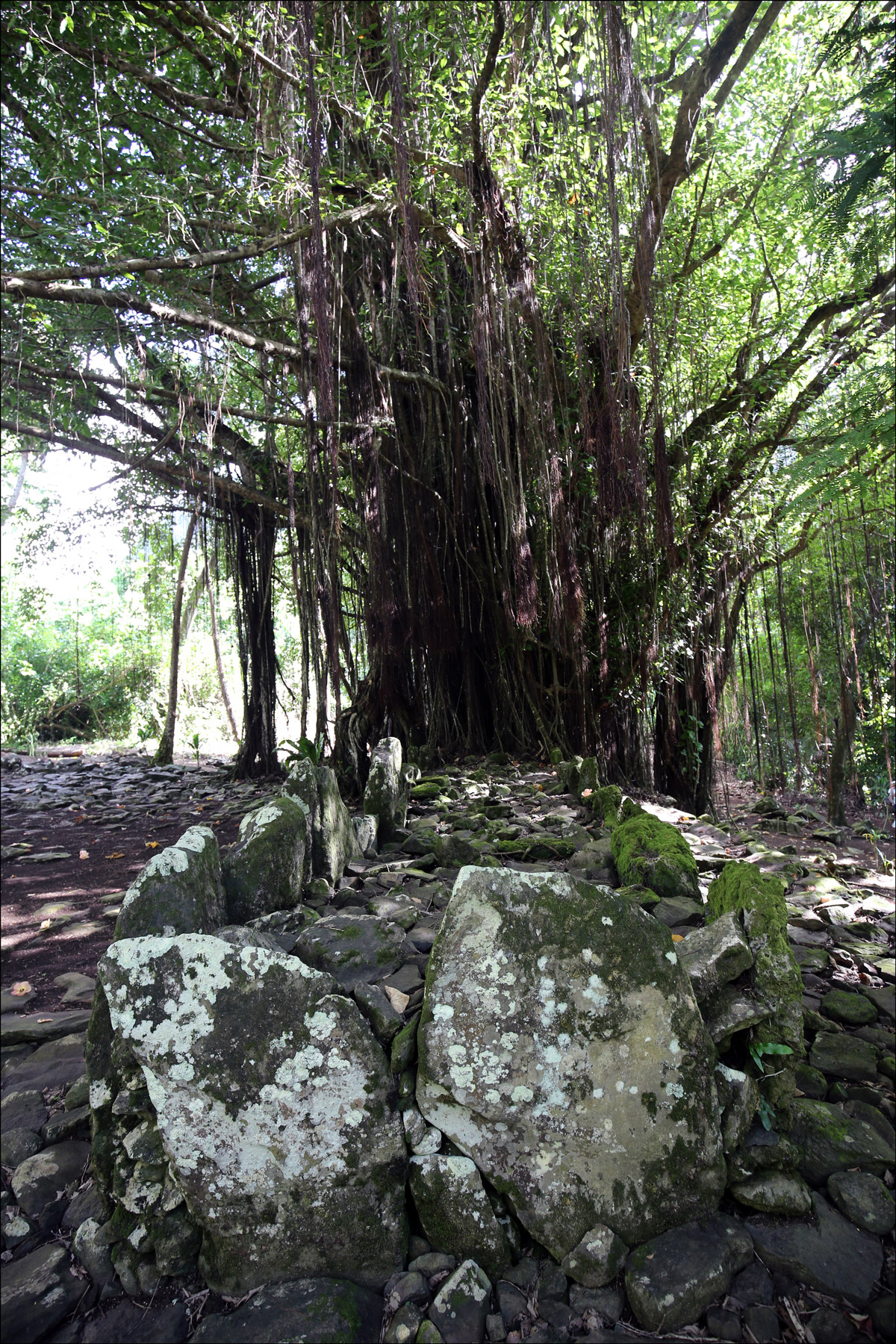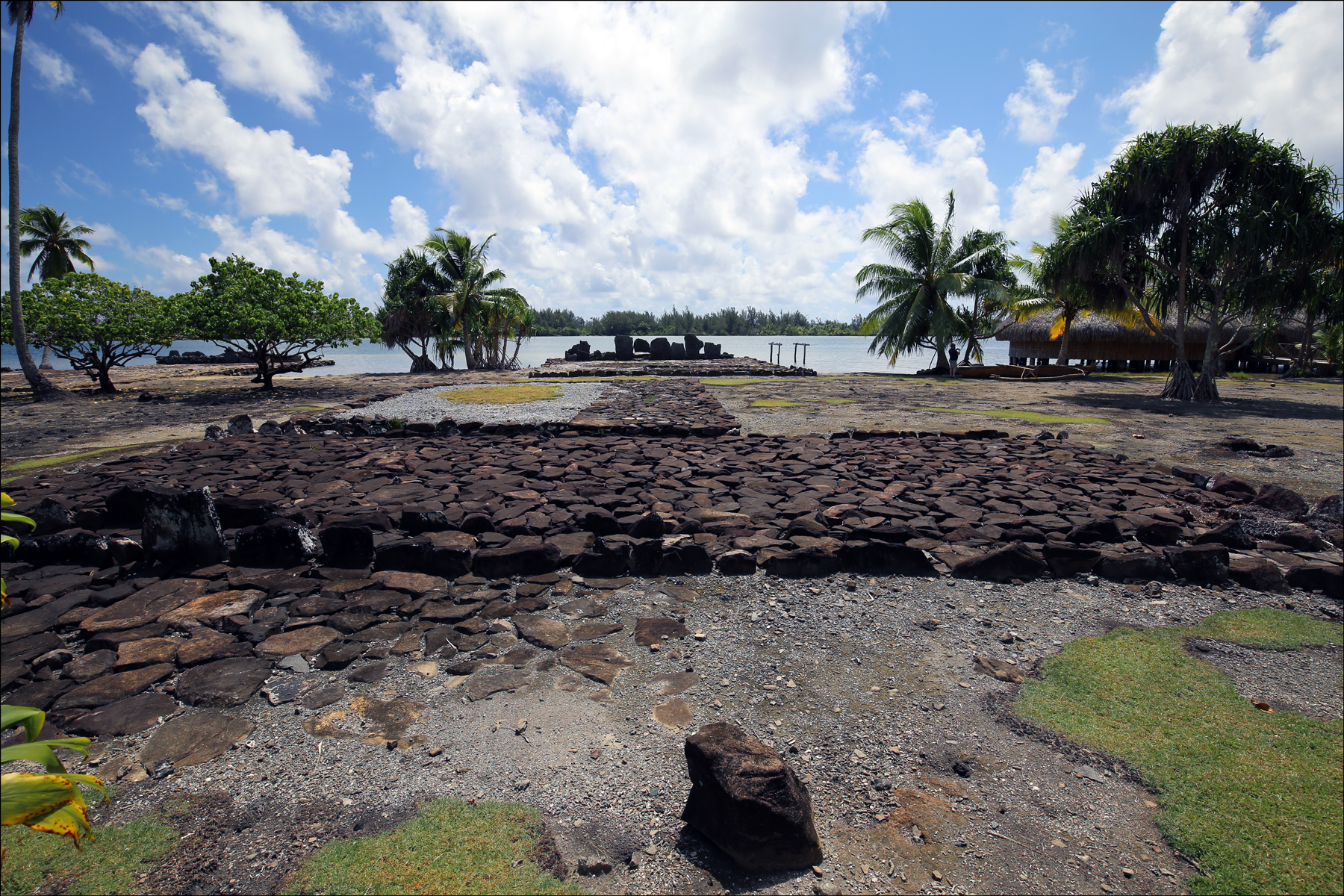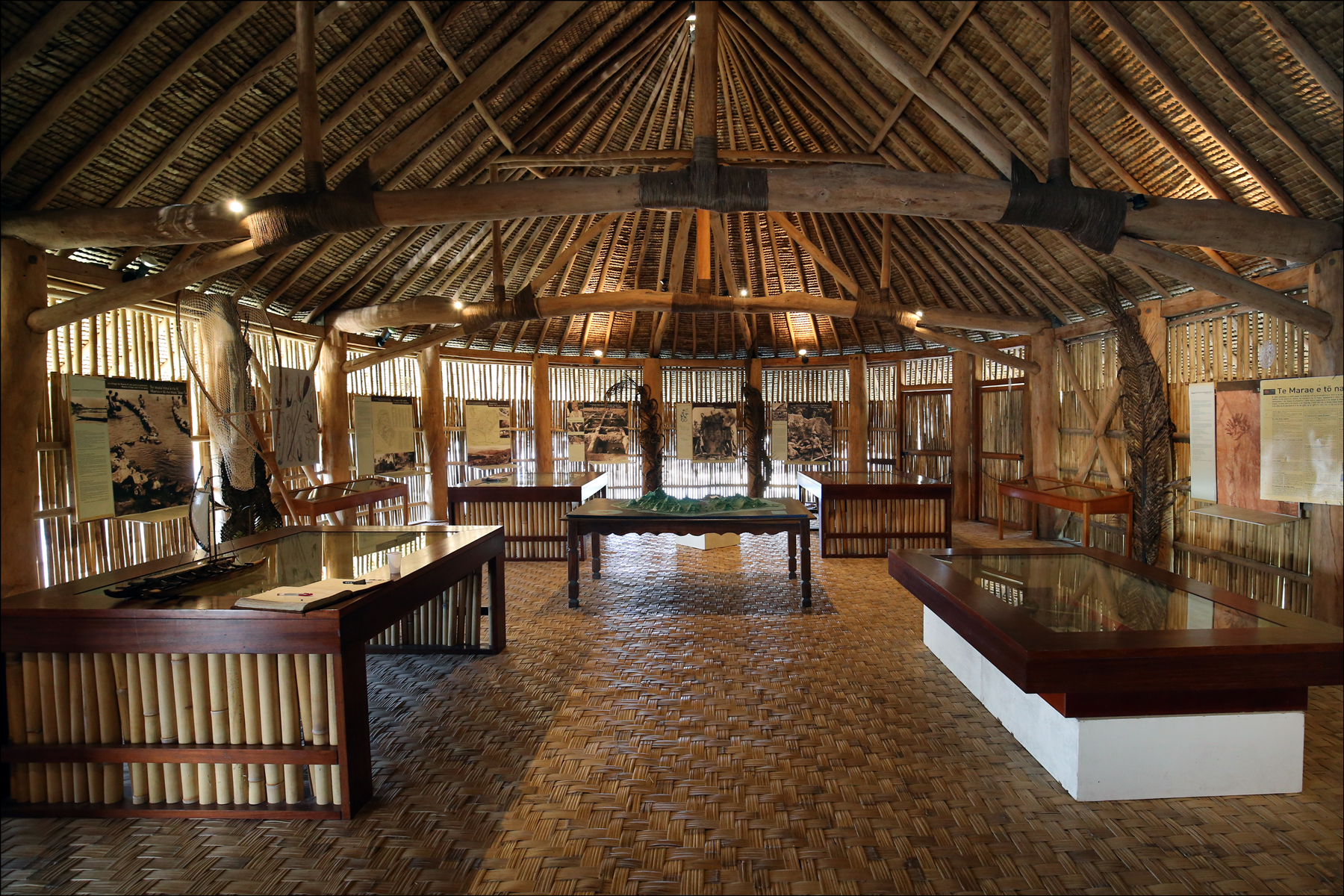My great grandfather, Teofil Niedziałkowski, died on 01 May 1933 in Pomaski, Maków Powiat, Warsaw Voivodeship, Second Polish Republic and his death was recorded on 04 May 1933 in Szwelice, Maków Powiat, Warsaw Voivodeship, Second Polish Republic.
SOURCE: Parafia pw. św. Jana Chrzciciela (Szwelice, Maków Powiat, Warsaw Voivodeship, Second Polish Republic), “Duplikat Aktów Stanu Cywilnego Urodzonych, Zaslubionych i Zmarłych w Parafji Rzymsko-Katolickiej Szwelicach w 1933 Roku
[Duplicate Civil Registrations of Births, Marriages, and Deaths in the Roman Catholic Parish in Szwelice in the Year 1933],” folio 53 recto, entry 22, death record for Teofil Niedziałkowski, recorded 04 May 1933; Archiwum Państwowe w Pułtusku, digital images, Genbaza (http://metryki.genbaza.pl : accessed 23 April 2016).
Click on the lilnk for a PDF copy of the Death Record of Teofil Niedziałkowski – 1933. Translated from the Polish, the record states:
Pomaski.
No. 22.
This happened in the village of Szwelice on the fourth day of May in the year one-thousand nine-hundred thirty-three at the hour of ten. There appeared Stanisław Niedziałkowski, thirty-one years old, and Jan Pomaski, forty-four years old, both farmers residing in the village of Pomaski, and they stated that on the first day of May of the current year at the hour of twelve in the village of Pomaski, Teofil Niedziałkowski died, a farmer, seventy-two years old, son of the married couple Wojciech and Julianna née Gutowska Niedzialkowski, born and residing in the village of Pomaski, and is survived by his widowed wife, Ksawera née Zygmuntowicz. After visual confirmation of the death of Teofil Niedziakowski, this document was read aloud and signed by us and the declarants. Maintaining the records of the Civil State. Pastor of the Szwelice Parish. –
[signed] Reverend Stanisaw Chedmiński
[signed] St[anisław] Niedziałkowski
[signed] Jan Pomaski
This record shows that, after my grandfather left for the United States and after the end of the Great War (World War I), my great grandparents lived in the Second Polish Republic, the first independent Polish state in over a century. I don’t yet have a copy of my great grandmother’s death record but, since she was still alive at the time of Teofil’s death, she died sometime after 1933.
Copyright © 2016 by Stephen J. Danko



